Monthly Archives: July 2018
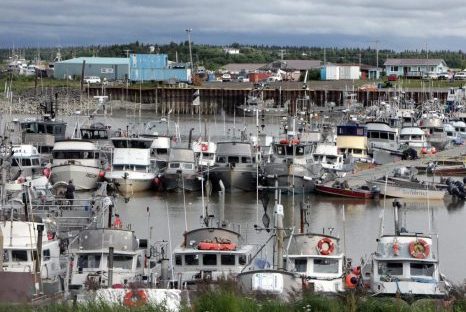
Value of Bristol Bay salmon rises, even as the fish shrink
Bristol Bay’s strong salmon returns stand in stark contrast to other parts of Alaska where the fish have trickled in slowly or seemingly not at all. Statewide, though, fish of all species are coming in smaller. Here’s why. 2018 has been a year for the Bristol Bay record books as total sockeye run surpassed 61 million on Thursday, putting it just a half-million fish behind the largest run of 61.7 million in 1980. Bert Lewis oversees commercial fisheries in Bristol Bay, Cook Inlet and Prince William Sound for the Alaska Department of Fish and Game. He’s impressed at the strength of the Nushagak district’s run and even at Bristol Bay’s east-side districts, which came in “late but solidly.”>click to read<10:46
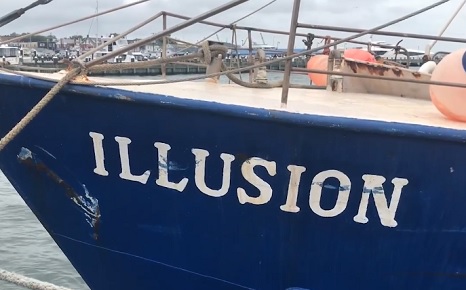
On Long Island, fishing is a family business and a way of life
Mark and Mary Bess Phillips are among a dwindling number of commercial fishing families on Long Island. On Wednesday, July 25, they discussed their experiences while their boat the “Illusion” was docked at Greenport Harbor. >click to watch<08:34
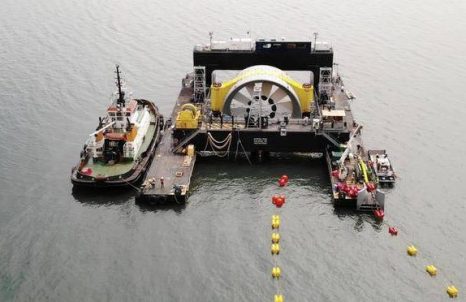
“That turbine was put down there in bad faith.” – Cape Sharp Tidal owner files for bankruptcy in Ireland
A week after a massive tidal turbine was placed in the Minas Passage, its owners have filed for bankruptcy. Local contractors, marine service companies, motels, fishermen and other business people are owed an undetermined amount of money. OpenHydro owns 97 per cent of Cape Sharp Tidal, with the remaining three percent owned by Emera, Nova Scotia Power’s parent company.,, Fishermen claim they were told the turbine would not be installed at the Force site in the Minas Passage until the close of the lobster season at the end of July. “They used all these local resources, hired all these local business people, drove right over all that local lobster gear and they never intended to pay nobody,” said Darren Porter, spokesman for the Fundy United Federation, a fishermen’s organization. One contractor, who didn’t want his named used, estimated that OneHydro owes “tens of millions of dollars” to local companies. >click to read<22:11

Kotzebue fisheries group wins its case against former directors
A fisheries group in Kotzebue has won its case against some of its former directors and their for-profit corporation, Chum, LLC. The directors were charged with breaching their fiduciary duty, or trust to act in the best interest of those they represented. “This case is an example of what happens when directors of a nonprofit take money from the corporation and use it for their own benefit,” said Myron Angstman, a lawyer for Kotzebue Sound Fisheries Association, which was the plaintiff in the case, in a statement. The court issued a decision on July 10 against two of the defendants after years of legal back-and-forth. >click to read<18:47
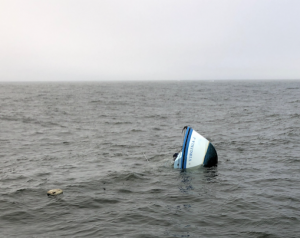
Pillar Point fishing vessel sinks, no injuries
A Pillar Point Harbor fishing vessel sank roughly five miles off the coast early Thursday morning. Two adults were rescued from the boat; there were no known injuries. The U.S. Coast Guard reported catching a distress signal over the radio at around 6 a.m. indicating that the “Virginia J” was taking on water. A helicopter and a 47-foot rescue vessel from the Coast Guard’s San Francisco Sector fleet were deployed and the Coast Guard issued its own emergency broadcast over the radio to alert other boaters of the incident, said Sarah Wilson a spokeswoman for the U.S. Coast Guard. Within five minutes of receiving the call, another Pillar Point Harbor fishing vessel – the “Redeemer” – was able to respond and take the two adults on the sinking vessel aboard. >click to read<14:06
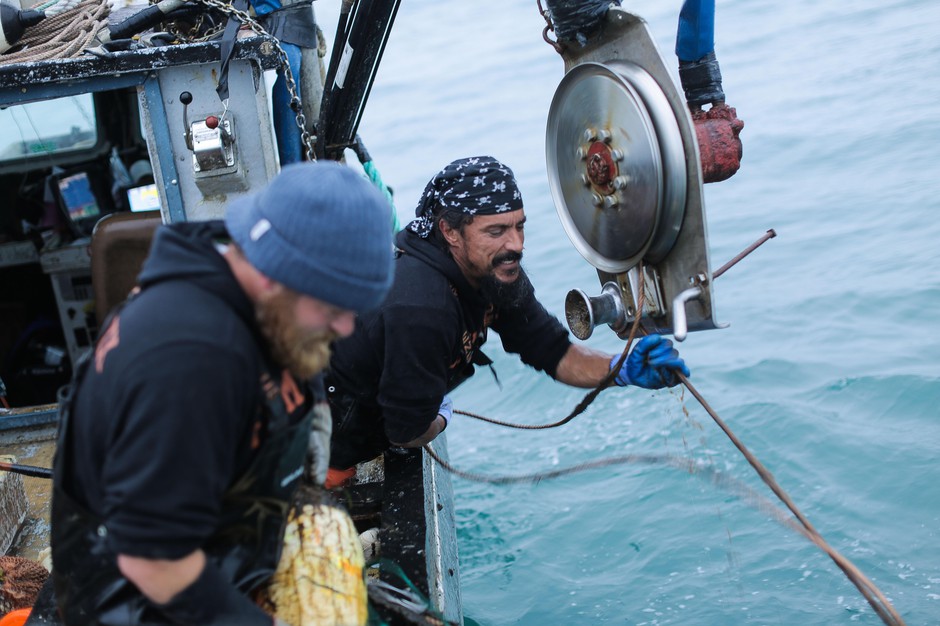
‘There Aren’t A Lot Of Other Options’: Port Orford’s Season Of Crab And Crisis
Oregon’s 2018 toxic algae troubles didn’t begin with the summer bloom tainting Salem’s water supply. The opening salvo actually came from the wintry Pacific, where high levels of domoic acid — a neurotoxin byproduct of marine algae blooms — disrupted seafood production along Oregon’s South Coast. For Port Orford in particular, where the fishing industry sustains about one-third of the local economy, this meant a season of loss instead of bounty. By the numbers, Port Orford really can’t afford more economic distress. >click to read<10:58
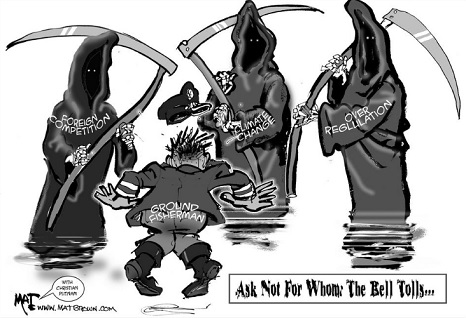
FISHY BUSINESS: A personal look at Scituate fishing
I have been writing Fishy Business about the commercial fishing industry and other maritime topics for a number of years and until now have never referred to myself. This column is different because our commercial fishing industry in Scituate is on the cusp of extinction; which is very personal to me. In this case, “commercial fishing” is referring to the finfish (or groundfish) fleet and the few boats that drag for shellfish. For now, the lobster fleet is doing well, but those businesses face their own perils to be discussed another time.,, There are many factors that are leading to the end of commercial fishing in Scituate and in many other small ports. By Christian Putnam >click to read<09:43

July 27, 1981: Oil drilling begins on Georges Bank – ”It’s only a matter of time before the fishermen get used to having us out here.”
On this day in 1981, the New York Times reported on the start of drilling for oil in Georges Bank. It was not to be, however, as the first President George Bush later proclaimed a federal edict which prohibited all offshore oil exploration, at least until today when his son has rescinded that presidential edict. Eight exploratory wells were dug to average depths of 16,000 feet about 125 miles east of Cape Cod through early 1982. At 4:57 P.M., Wes Campbell, a driller working for the Shell Oil Company, lowered a column of steel pipe deep into the Atlantic, 200 miles off the coast of Massachusetts. >click to read<08:14

Consumers are going to lose in Cuomo’s bet on wind energy
During his successful 1932 run for the White House, New York Gov. Franklin Roosevelt campaigned hard on the issue of electricity affordability. In a speech in Portland, Ore., he told voters that as governor, he had made sure that the New York Public Service Commission was acting “as an agent of the public.”,,, Alas, under Gov. Cuomo — who’s lining up his own bid for the White House — the Public Service Commission is doing the exact opposite. On July 12, the commission issued a 66-page order that requires the state’s electric utilities to subsidize the development of offshore wind, one of the most expensive methods of producing electricity. Cuomo’s plan, which is adamantly opposed by commercial fishing groups, will require covering hundreds of square miles of some of the most heavily fished and navigated waters on the Eastern Seaboard with hundreds of wind turbines. >click to read<
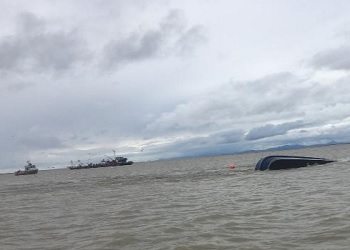
UPDATE: Fuel from sunken vessel closes fishing in Nushagak District
The Alaska Department of Fish and Game announced the closure of the Nushagak District to all commercial fishing as of 1:00 p.m. Thursday after fuel from the sunken fishing vessel Pacific Knight was observed by air. According to ADF&G, fuel was seen by Fish and Game staff pooling in tide rips. The sheen is expected to spread across Nushagak Bay toward Dillingham with the tide, and presents a “significant chance of gear and fish being exposed to fuel.” The department also warns of the chance for gear and fish to be contaminated on Dillingham’s beaches. ADF&G says staff will continue to monitor the spread of fuel. There is no immediate timetable for when fishing might reopen. >click to read<20:41
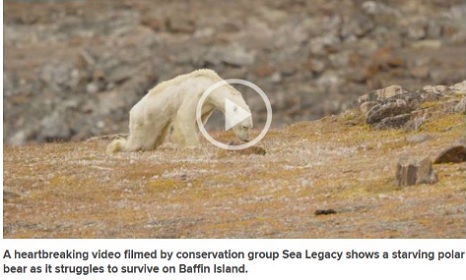
SHOCKER: National Geographic admits they were wrong about “starving polar bear” video
Dr. Susan Crockford says in an essay: Remember that video of an emaciated Baffin Island polar bear that went viral last December? In an unexpected follow-up (“Starving-Polar-Bear Photographer Recalls What Went Wrong“; National Geographic, August 2018 issue), photographer Cristina Mittermeier makes some astonishing admissions that might just make you sick. It turns out they didn’t just come across the dying bear the day it was filmed: it was spotted at least two days earlier by Paul Nicklen. He must have had a satellite phone with him when he saw the bear but the only call he made was to his film crew — he made no attempt to find a local conservation officer to euthanize the bear, which would have been the right thing to do.,,>click to read<15:41

The Jones Act and Offshore Wind in Light of the Aeolus Energy Announcement
A potential sea change came with the recent announcement from Aeolus Energy Partners that the renewable installation and operation company was investing in a fleet of Jones Act-compliant vessels dedicated to the offshore wind industry. Long a barrier to entry for foreign and domestic prospectors alike, the Jones Act, a portion of the Merchant Marine Act of 1920, holds: “A vessel may not provide any part of the transportation of merchandize by water, or by land and water, between points in the United States to which the coastwise laws apply, either directly or via a foreign port [unless the vessel was] built in and documented under the laws of the United States and owned by person who are citizens of the United States.” >click to read<15:03
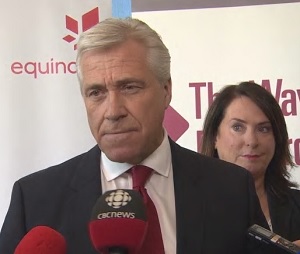
N.L., Equinor announce $6.8B offshore deepwater oil project
Newfoundland and Labrador and Equinor Canada have announced an agreement to develop the Bay du Nord oil project — the first remote, deepwater project in the province’s offshore. The province is buying 10 per cent of the project, which should bring in $3.5 billion in government revenues and will cost $6.8 billion to develop. “Today marks the global recognition of Newfoundland and Labrador as a preferred location for deepwater production,” said Premier Dwight Ball Thursday morning.,, Ball was joined by Natural Resources Minister Siobhan Coady and Unni Fjaer, a vice-president with Equinor Canada — previously known as Statoil. >click to read<14:17
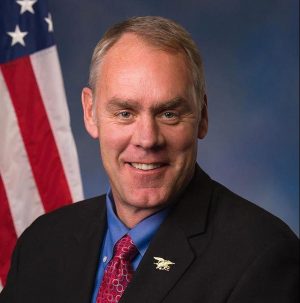
A profound threat to our fisheries, the ocean habitat, and our way of life. Please read and sign this important petition
Dear Secretary Zinke: We participate, either directly or indirectly, in a wide range of commercial fisheries in the New York-New Jersey Bight. The Bight is the geographic indentation along the Atlantic Coast extending northeasterly from Southern New Jersey to the eastern tip of Long Island. We write to express our concern and opposition to the proposed wind energy lease areas the Bureau of Ocean Energy Management (BOEM) has put out for “Call” in the New York-New Jersey Bight. We have appreciated your outreach to our industry over the past year, and hope we can continue a constructive dialogue. At the same time, we want to make sure you understand that the risks to our industry from poorly-planned offshore wind energy development are immense. If you were to draw a bulls-eye where our historic Mid-Atlantic fishing grounds are on a map, the bulls-eye would include the Hudson North and Hudson South Areas identified by the State of New York, and the Fairways North and Fairways South areas that BOEM unilaterally and subsequently added to the Call. This is a profound threat to our fisheries, the ocean habitat more generally, and our way of life. >click here to read and sign the petition<12:33
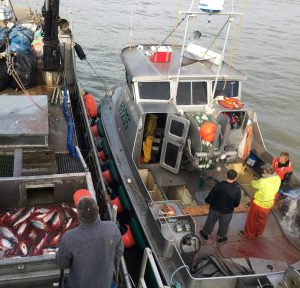
How much Bristol Bay processors will pay for salmon
The question on every Bristol Bay fisherman’s mind at this point in the season is base price: How much cash am I going to get for my salmon? A few Bristol Bay processors said they’re still waiting on their corporate headquarters to release prices, but here’s what we do know as of Tuesday: On Monday, Copper River Seafoods raised its price from $1.30 to $1.70 per pound for chilled, bled and separated sockeye only. Kings larger than 11 pounds bring in $3 per pound, and smaller kings go for $2 a pound. Copper River is paying 80 cents per pound on silvers, 45 cents per pound on chum and 30 cents per pound for pinks. Trident Seafoods is paying,,, >click to read<11:02
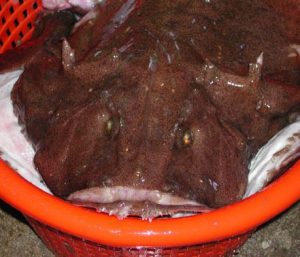
2018-2019 Monkfish Research Set-Aside (RSA) Program
Three new cooperative research projects announced today will improve understanding of monkfish biology and how to reduce catch of skates in monkfish gillnet gear. The projects are possible because of an innovative program established by the New England and Mid-Atlantic Fishery Management Councils, and managed by NOAA Fisheries in the region. Under it, monkfish fishing days are set-aside each year and revenue generated from the sale of those days are used to pay for research projects. Award recipients for the 2018-2019 Monkfish Research Set-Aside (RSA) Program include the Coonamessett Farm Foundation, Cornell Cooperative Extension of Suffolk County, and the University of New England. >click to read<10:08
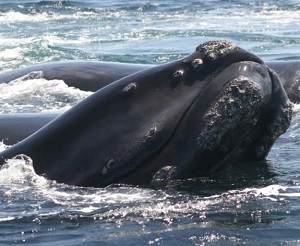
Whale News – Rare right whale last seen in Cape Cod Bay spotted in Iceland, Southern resident Orca calf dies soon after birth
A right whale last seen off Marshfield has turned up in Iceland. An Icelandic whale watch tour spotted the critically endangered mammal on Monday. Mogul, the 10-year-old male North Atlantic right whale, was last seen in Cape Cod Bay April 21. >click to read< Mogul the right whale’s appearance off Iceland puzzles scientist >click to read< Meanwhile, The first calf born in three years to the endangered orcas that spend time in Pacific Northwest waters died Tuesday – >click to read< Alexandra Morton Press release – Baby Orca death could be linked to salmon farm virus >click to read< NOAA prioritizing West Coast Chinook salmon stocks for Southern Resident killer whale recovery >click to read<09:27
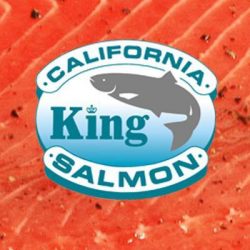
California King Salmon Season Reopens July 26
California’s commercial salmon fishermen are thrilled to again provide some of the world’s best tasting salmon – the California King Salmon! In fact, chefs, foodies and salmon lovers everywhere can again enjoy this iconic summer delicacy right from their local grocery stores, fish markets and restaurants. After a mid-season break, commercial salmon fishermen will begin fishing again on July 26. Prior to the scheduled June 30 closure, the catch was more than double the projection for the May-June season in the Monterey management zone. “There is a larger supply of King Salmon than was anticipated, which is great news for California consumers,” said David Goldenberg, chief executive officer of the California Salmon Council. >click to read<21:05
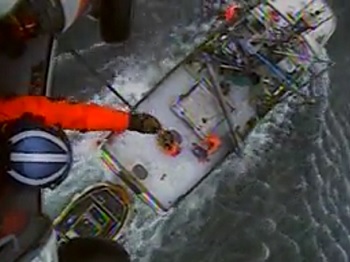
Coast Guard medevacs fisherman 20 miles north of Kodiak
A Coast Guard Air Station Kodiak MH-60 Jayhawk helicopter crew medevaced a male crewmember from a fishing vessel in Duck Bay, near Kodiak, Alaska, Wednesday. The Jayhawk helicopter crew hoisted the crewmember from the fishing vessel Nordic Cross and transported him to Kodiak where he was transferred to awaiting emergency medical services personnel. Coast Guard Sector Anchorage watchstanders received notification from the crew of the Nordic Cross, who reported a 47-year-old crewman was suffering from a leg injury. >click to read<19:38
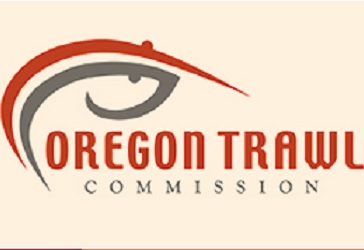
Brad Pettinger steps down from Oregon trawl commission
After 15 years of representing Oregon’s trawl industry, Brad Pettinger is stepping down as director of the Oregon Trawl Commission (OTC) and passing the job to Yelena Nowak. Nowak comes to Brookings from Portland where she worked for the Oregon Department of Agriculture as a trade development manager. She specializes in marketing a trade development and said this area was part of her region and she always liked the area. “I am extremely lucky because the industry is transitioning and the fishery is in a great shape,” she said. Pettinger said he just felt it was time to move on. He will turn 60 soon and is a fisherman by trade. “My brother is managing my vessel and has his own,” he said. “I’m going to go do my own fishing.” >click to read<18:52
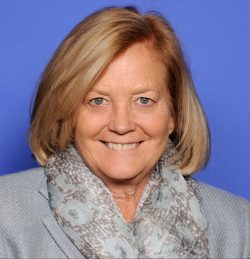
Pingree Helps Lead Effort to Provide Trade Relief to Fishermen
Congresswoman Chellie Pingree (D-ME) has signed on as an original cosponsor of legislation that Congressman Seth Moulton (D-MA) introduced today to provide disaster relief to fishermen who have been harmed by the repercussions of the Trump Administration’s trade actions. “Farmers haven’t been the only ones to suffer the consequences of the Trump Administration’s sloppy trade actions. The bill would provide disaster relief for commercial fishery failures due to tariffs imposed by the United States or another country. >click to read<18:12
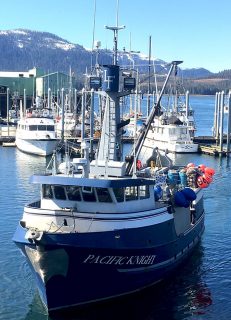
Tender capsizes near Clark’s Point, two rescued, one crewman is missing.
A commercial fishing vessel has capsized in the Nushagak Bay close to Dillingham. The United States Coast Guard received a report Wednesday morning that the F/V Pacific Knight capsized near Clark’s Point. The 58-foot long liner has been operating as a tender in Bristol Bay this summer. The good samaritan vessel Amanda C reportedly rescued two people from the water. A third person who went overboard is still missing. It is unknown whether this person was wearing a personal flotation device. photo commercialfishingpermits.com>click to read<16:32
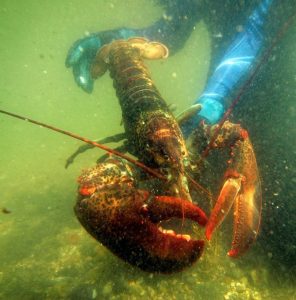
The lobster wars are over. We won
You may recall a few weeks ago when we discussed the coming Lobster Wars involving the United States, Canada and China. (There’s an odd combination for you.) The first component of the conflict has to do with the ongoing dispute between America and the Great White North over who actually owns the “gray area” surrounding the Bay of Fundy off the coast of Maine.,,, It’s the trade war aspect which was of more current interest because it would cut off some of the markets for American fishermen leading to an increase of supply domestically and a cut in demand. >click to read<15:41

Council for Sustainable Fishing – SAFMC Efforts to decrease the number of charter and headboats
Charter and headboat operators are now living one of these horror movies as the South Atlantic Fishery Management Council once again moves forward with limiting the number of for-hire snapper-grouper permits, this time through Snapper-Grouper Amendment 47. And now the SAFMC is not just talking about limiting the number of charter and headboats, they are now talking about decreasing the number. This has nothing to do with fishery sustainability. A limited-entry fishery is the first step toward a catch share fishery, one that will set up a “stock market” for permits. >click to read, comment<14:21
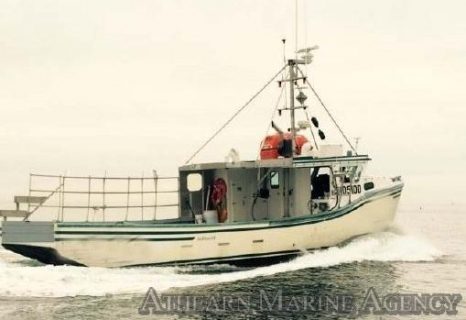
Athearn Marine Agency Boat of the Week: 45′ x 17′ Novi Lobster/Scalloper/Gillnet, Permits, John Deere 6125FM, NGOM Scallop
Specifications, information and 15 photos >click here< To see all the boats in this series, >Click here<13:18






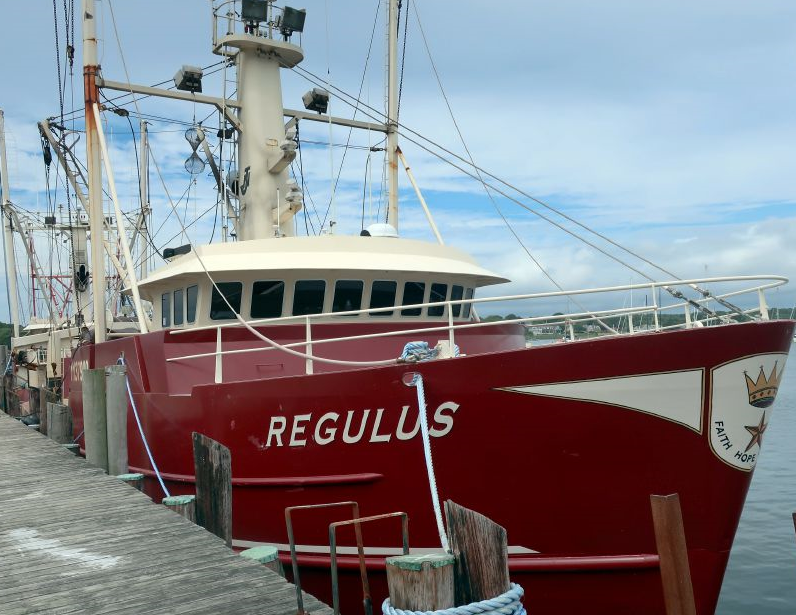
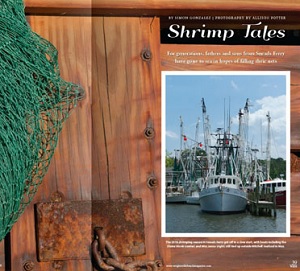

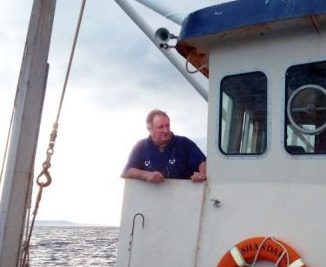































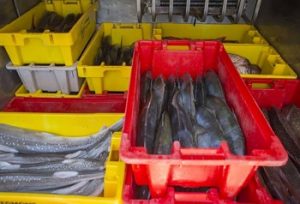
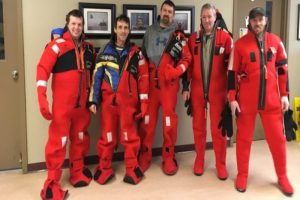
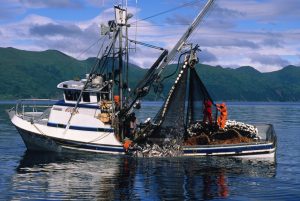
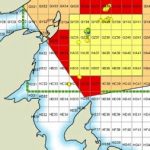
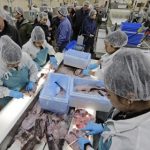

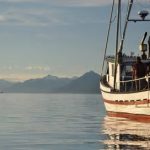

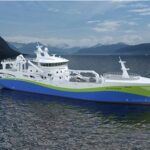



Governor Cuomo And Attorney General Underwood Demand Changes To Unfair Federal Fishing Quotas
Governor Andrew M. Cuomo and Attorney General Barbara D. Underwood today submitted comments to U.S. Commerce Secretary Wilbur Ross and demanded that the U.S. Department of Commerce, National Oceanic and Atmospheric Administration, National Marine Fisheries Service, and Mid-Atlantic Fishery Management Council repeal and replace the unfair state-by-state allocation of the annual commercial quota for summer flounder, also known as fluke. The need for equitable distribution of fluke is critically important to New York’s fishing industry and the state’s overall ocean economy. >click to read<17:27
Share this post